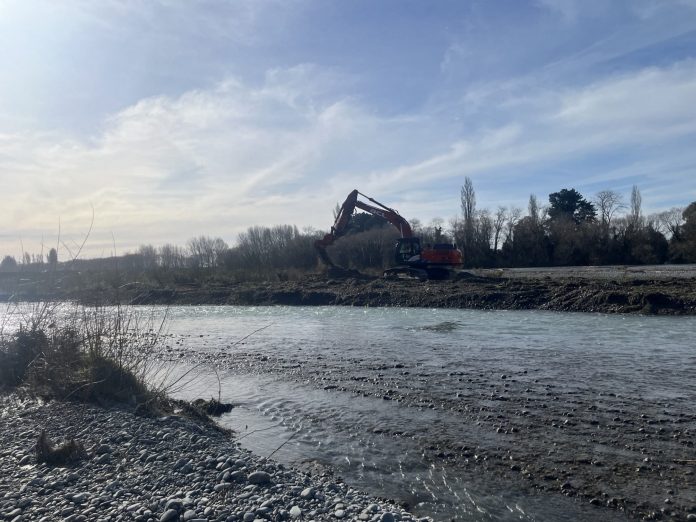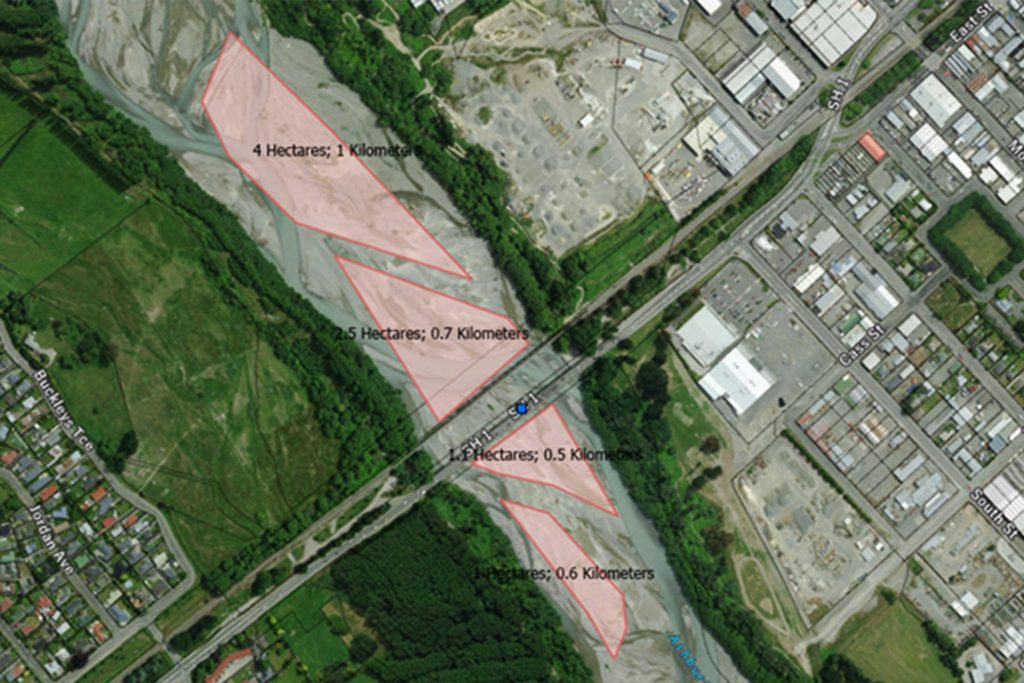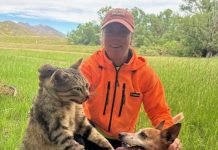
Costs are yet to be confirmed for enhancing tarapuka nesting habitat in the Ashburton River ahead of the town’s second bridge project.
Environment Canterbury and New Zealand Transport Agency Waka Kotahi is clearing three raised gravel islands around the existing bridge.
The threatened, black-billed gulls nest on the braided river’s islands each spring and summer, but there are fears they will be scared away by construction of the bridge downstream, set to begin early next year.
Environment Canterbury Area engineer central, rivers, Dan Meehan said the vegetation and debris clearance would create bare gravel surfaces.
This was the type of surface tarapuka preferred for nesting.
The clearance would also reduce habitats for predators such as rats and stoats.

‘‘The timing of this work is important because it ensures the gulls are not nesting in the area when construction starts in 2026, which aligns with their September to February breeding season,’’ Meehan said.
‘‘Work is currently under way and is due to be completed this week, weather permitting.’’
It was being jointly funded by NZTA and the regional council.
‘‘Final costs are still to be confirmed.’’
The work follows NZTA preparing plans for finding and relocating at risk southern grass skinks in the bridge construction area.
The cost of the plan and an associated Wildlife Act Consent to enable trapping and relocating is about $12,000.
Ashburton Mayor Neil Brown drew attention to the costs of attending to wildlife as part of the bridge construction a district council meeting last week.
“It’s all about being economic with the dollars,” he said.
As reported by Local Democracy Reporting, Brown believed the gulls would naturally stay away during the two years of construction.
And with regard to the skinks, hopefully they could be moved ‘‘cost effectively’’.
“This project is going to happen if there is a lizard there or not,” he said.



